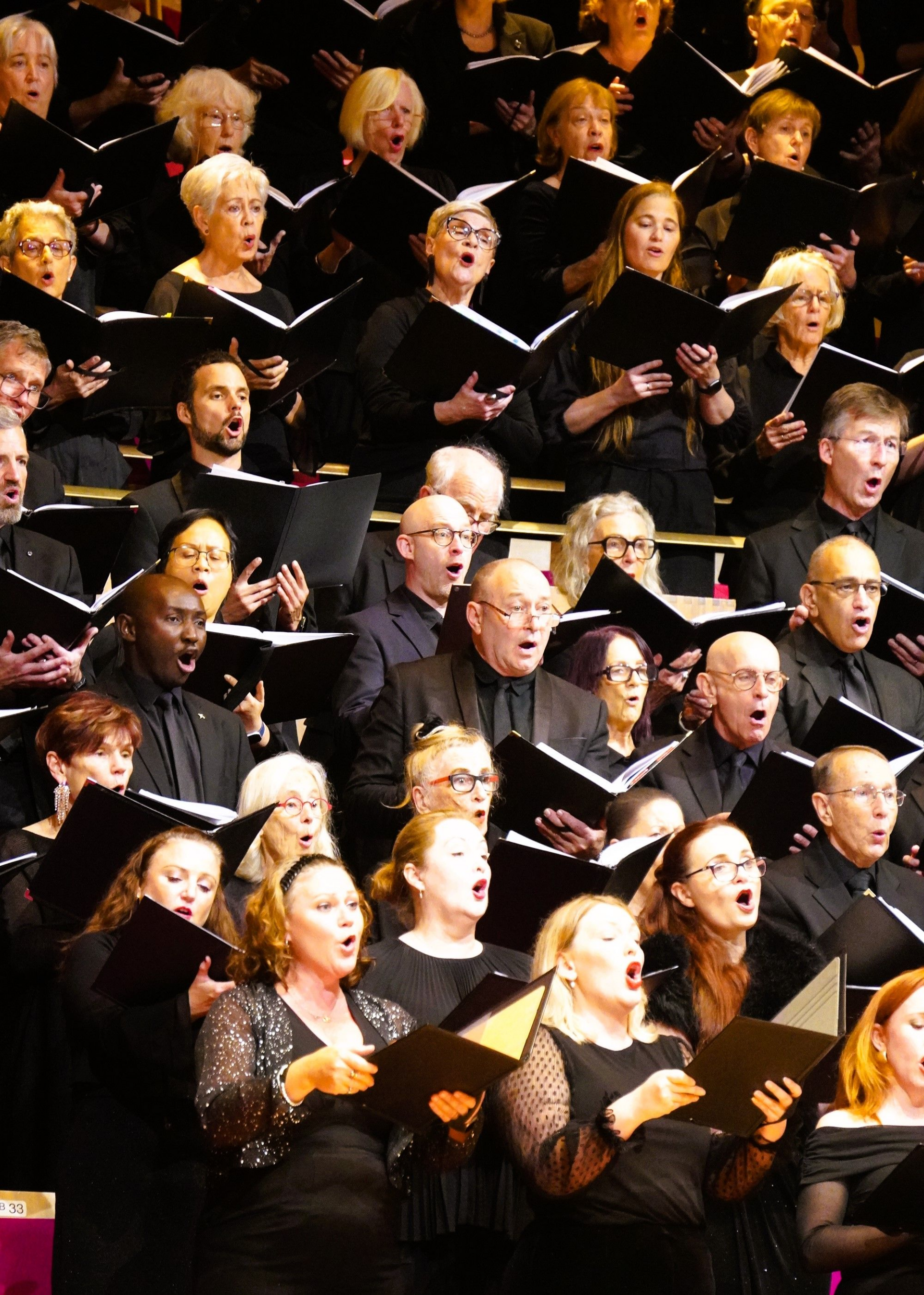In 1829, Guillame Tell had its premiere at the Paris Opera.
Love, oppression, revolt, and the triumph of the everyman make for great opera. One has only to think of Fidelio and Andrea Chienier. These were themes all too familiar to an audience living under a Restoration monarchy and on the brink of yet another revolution.
The opera is three-and-a-half hours long on a good day. It is not easy to stage. Nor is it easy to sing. We are given selections that offer an impression of the whole. Immediately, we are given a glimpse of Rossini’s affinity for bass strings. Anthea Cottee on cello performs a solo from the closing of Act I that is so lyrical and gushing with vibrato it is practically cantabile. It nicely sets the scene of a bucolic paradise nestled in the valleys of a Swiss canton.
Then we have the rural festivities. Rossini is a master of setting movement to music. One has only to think of the busy opening scene of his timeless Il viaggio a Reims. The village festival is introduced with a Mozartian rush of strings and roaring interjections from the Festival Chorus which featured professional choristers interspersed in between.
We are then treated to a string of recitatives in which Leon Vitogiannis distinguished himself as Melchthal, one of the three Swiss confederates. Amid the chorus of Swiss women, Celeste Lazarenko ascends to the heights of her range in an ode to “labour, marriage, and love”.
But, as in Don Giovanni, the image of pastoral simplicity is defiled by the intrusion of the outsider, well narrated in Shanul Sharma and Nathan Lay‘s duet.
In the 1830s, we are in the glorious twilight years of the bel canto. So it would not be an opera without a bel canto duet between Arnold and Guillame where each sings their own part, stubbornly ignorant of the other, but beautifully consistent when heard together.
Much of the action is in the Finale to Act I. The strings bowl a menacing buildup for a chorus of indignant villagers – “confound the oppressor’s rage”. This is where the choir’s dynamic variety was on full display, shifting quickly between loud and soft. Elias Wilson sings of “the hour of justice” with gusto.
Then we have the dramatic closing chorus. The choir did well in articulating the sharp
“s”s in “Si du ravage, si du pillage”, as though it were mocking the oppressors. It all closes with a long and rollicking descent of thirds. The timpani emphasises the first beat. The chorus is supposed to execute a descending scale on every second beat. The syncopation wavered at times, but it was a hard ask.
This was Rossini’s last opera. And he knew it. Even in the closing chorus of the first Act, we can hear him say, emphatically, “our revels now are ended”.
After the interval came Rossini’s Petite Messe Solennelle. It is a Mass. But it is not petite. And it is not quite solemn. We would expect nothing less of the genial master of dramma giocoso.
Still, one wonders what the Paris of 1863 – an age more self-confident than 1829, and one steeped in laïcisme and world exhibitions – would have made of this bit of ultramontane fancy.
The music is surprisingly traditional. In the Kyrie, we have the rigid bassline jumping between fifths, which is idiomatic of the Baroque (recalling the basslines in Bach’s Credo and in his Confiteor – both masterclasses in stretto). Again, the choir’s dynamic variety was on full display in the transition from “Kyrie” to “eleison”. It gave the effect of a release. That is just as well; “eleison” and “release” are etymologically related.
In the Gratias, too, we have canonic imitation between Ashlyn Tymms and Lay singing “propter magnam”.
The Gloria is strangely reminiscent of Schubert’s Orchestral Masses – especially his fifth, in A flat major.
There is something decidedly bel canto about the Domine Deus too, which Sharma sang with a nasal clarity reminiscent of every bal canto tenor protagonist.
The Qui tollis features two harps which mirror one another. Much of the duet featured soprano and alto following one another. At least in this respect, the structure was not dissimilar to Bach’s Qui tollis. But the ending of the Quoniam was somewhat weak.
The highlight was by far the glorious Cum sancto spiritum. This was Rossini’s offering to the ancient art of counterpoint. Even so, it never laboured under the weight of its studied design. It was at all times light and enjoyable.
It is a truism that when a composer ascribes a melisma to an “a” it is meant to be a chuckle. Think back to the rollicking “lachens” in Bach’s Unser mund sei voll Lachens. The chuckle was mildly lacking in the closing “Amen”.
The intermezzo on organ was a nice touch. David Drury made excellent use of the swells to make particular phrases more expressive.
